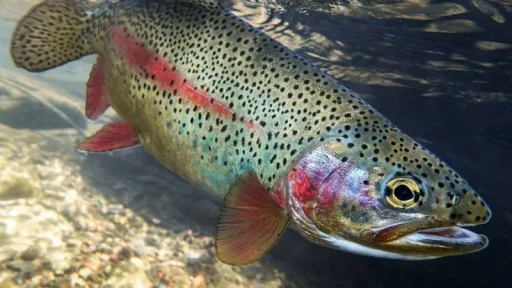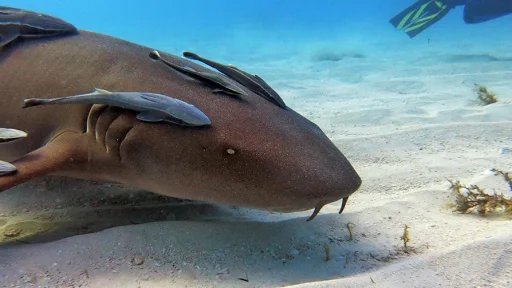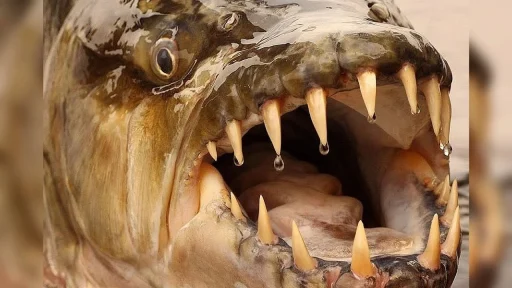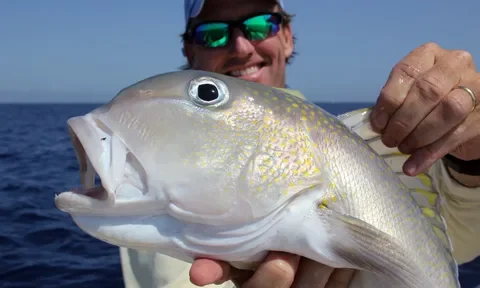The dorado fish —often known by its other aliases, mahi-mahi, dolphinfish or Lampuka fish—strikes the eye with its vivid hues and captures imaginations with its gymnastic leaps. It’s not just a visual spectacle, though; this fast-growing, voracious predator holds an esteemed spot among anglers and seafood enthusiasts. But there’s more beneath the surface. We’re about to plunge into the depths of what makes this fish truly remarkable, examining its habitats, behaviors, and significant role in both the fishing industry and the larger marine ecosystem.
What is a Dorado Fish?
Scientifically tagged as Coryphaena hippurus, the dorado belongs to the Coryphaenidae family. Its colloquial name, “dolphinfish,” creates some confusion, yet it’s no relation to actual dolphins. Instead, it’s an apex predator in its domain, and with its lightning-fast reflexes and agility, it stands out as one of the ocean’s speed demons.
Where is the Dorado Found?
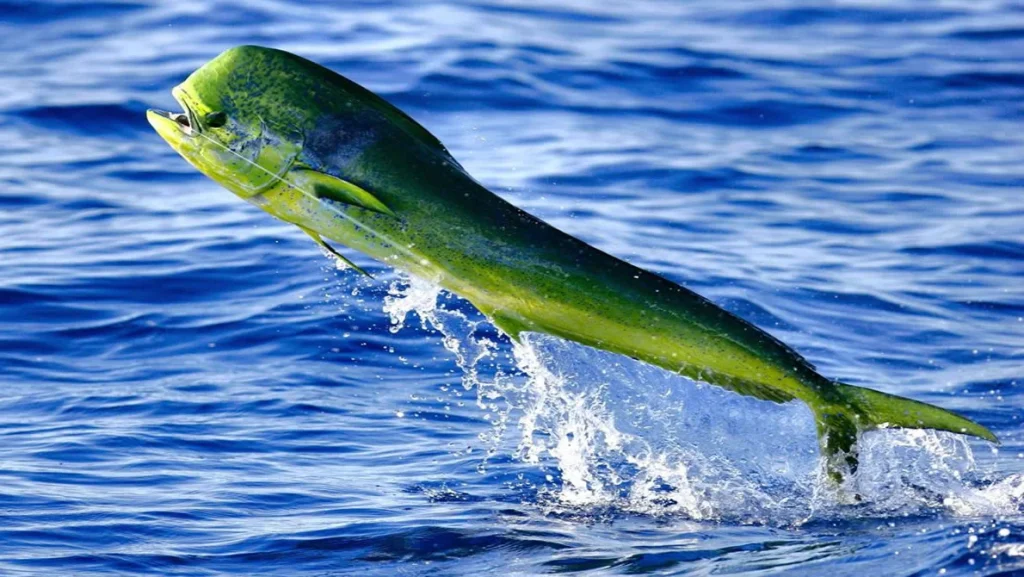
The dorado prefers the embrace of warm tropical and subtropical waters, roving vast distances across the planet’s seas. Always moving, always searching, they tend to glide just below the surface, staying near to regions where the water’s warmth meets their physiological sweet spot.
Dorado in Tropical Waters
From the balmy waters of the Atlantic to the Pacific’s shimmering blue expanses, and the vast Indian Ocean, dorado fish thrive. Their populations hug the coastal regions of the Americas, but they’re just as at home around Southeast Asia’s tropical islands. Their habitat? Wherever the warm currents carry them.
Migration Patterns of the Dorado
Seasonal migrations define the dorado’s existence, propelling them over thousands of miles as they chase both prey and optimal temperatures. Their tenacity and endurance are almost mythic; the distances they traverse showcase their remarkable stamina and adaptability.
Physical Characteristics of the Dorado
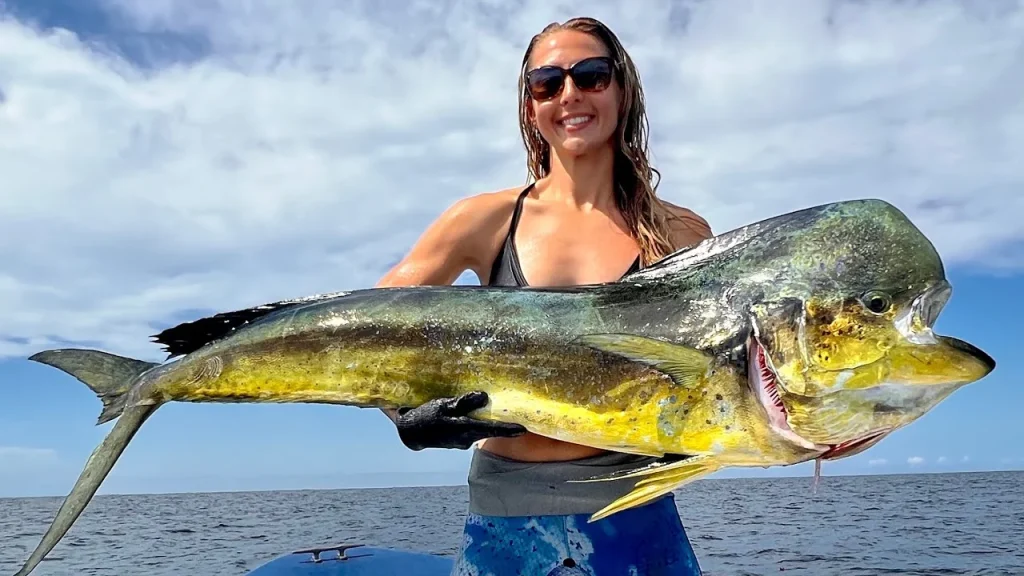
Visually captivating, the dorado boasts an elongated, muscular frame, crowned with a sharp, forked tail built for speed. Its palette? A stunning mix of electric blues, vibrant greens, and molten golds that shimmer and shift as it darts through the water.
Size and Growth Rate
This is no small fry. Dorado fish can balloon in size rapidly, reaching an impressive 4.5 feet (1.37 meters) in length and tipping the scales at over 50 pounds (22.7 kg). Their ability to grow quickly ensures their prominence in many oceans.
The Colors of the Dorado
Perhaps one of the most mesmerizing qualities of the dorado is its color-shifting ability. In the water, it radiates with bright hues—an almost glowing display of blue, green, and gold. Yet, catch one, and this brilliance fades, succumbing to duller tones, likely in response to stress or a rush of adrenaline.
The Dorado’s Acrobatics
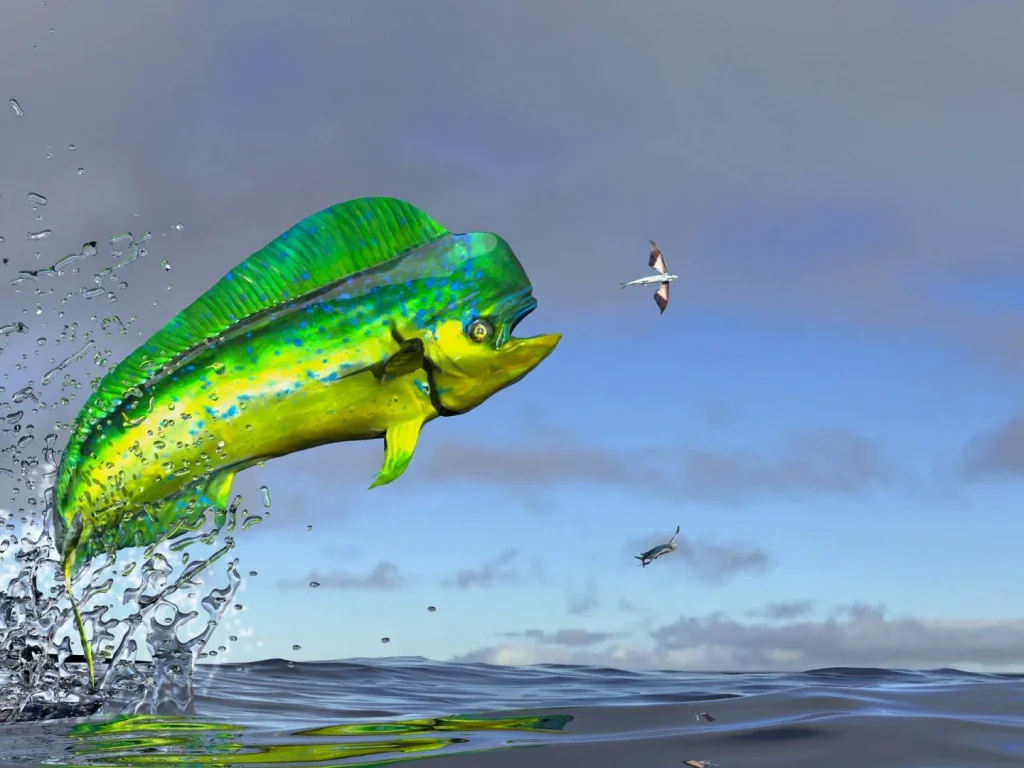
Renowned for its airborne theatrics, the dorado is an oceanic acrobat. Its rapid flips and leaps aren’t mere showmanship; they’re survival tactics, used both to dodge predators and to outwit prey.
The Role of Speed in Hunting
Dorado fish are speed demons of the sea, reaching blinding speeds of up to 50 miles per hour (80 km/h). This velocity allows them to pursue agile prey like flying fish, closing in with startling precision.
Dorado’s Diet and Hunting Habits
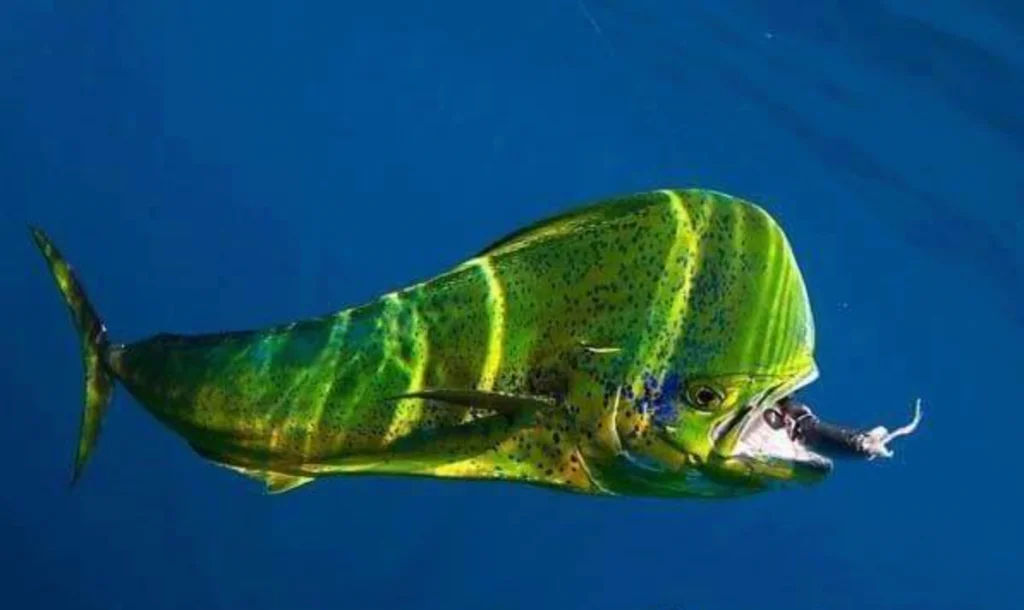
A true carnivore, the dorado hunts opportunistically, devouring smaller fish, squid, and crustaceans. Their appetite is relentless, and they’ll adjust their diet based on what’s available in their migratory path.
Prey of the Dorado
Favorites on the dorado’s menu include flying fish, mackerel, and squid. Their adaptability as hunters enables them to survive in changing conditions, honing in on whatever prey the season presents.
Hunting Techniques of the Dorado
Armed with speed and sharp reflexes, dorado fish often hunt in small packs, increasing their odds of success. Their aerial chases of flying fish are nothing short of spectacular, as they leap from the water in hot pursuit.
Dorado Reproduction and Life Cycle

Prolific breeders, dorado fish can spawn several times a year, each time releasing vast quantities of eggs into warm waters. These buoyant eggs drift near the ocean’s surface, giving the species a better shot at survival.
Spawning Behavior
Typically spawning during spring and summer, female dorado release up to 1 million eggs in a single event, a staggering number that helps maintain their populations.
Growth Stages of the Dorado
Remarkably, dorado fish grow at an accelerated pace. From hatchlings to mature adults, they reach maturity in just 4 to 5 months—a rapid growth rate that ensures their resilience against overfishing.
Dorado and the Fishing Industry
Coveted by both sport and commercial fishermen, the dorado’s rapid growth and abundance make it a sustainable catch. Their strength and acrobatics provide a thrilling challenge for anglers, while their fast reproduction rates help maintain stable populations in many regions.
Dorado in Sport Fishing
Sport fishermen treasure the dorado for its power and showmanship. Hook one, and you’re in for a fight—a leaping, flipping, heart-pounding battle.
Sustainable Fishing Practices
Responsible fisheries enforce size limits and seasonal closures to safeguard dorado populations. These regulations ensure that dorado can continue to thrive despite the pressures of commercial fishing.
Culinary Uses of Dorado Fish
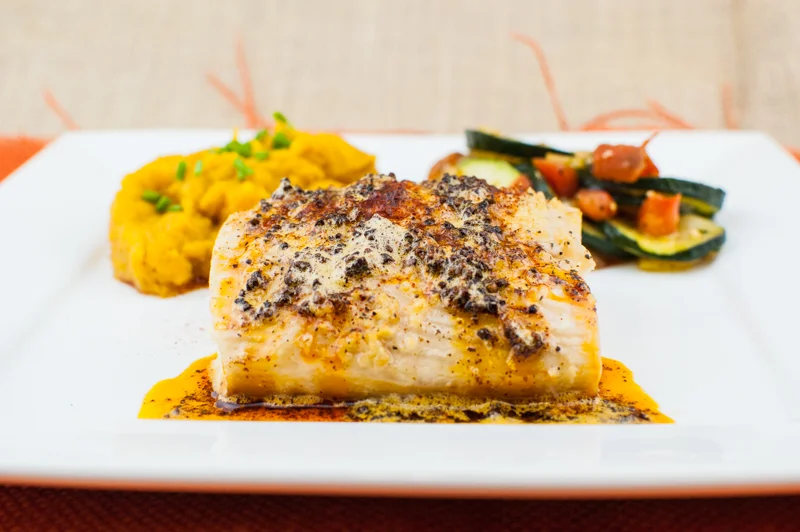
Aside from being a visual marvel, dorado is a culinary delight. Its firm, mild-flavored flesh makes it a versatile ingredient in kitchens worldwide. Whether seared, grilled, or baked, the fish adapts beautifully to a variety of preparations.
Common Cooking Methods
Grilling dorado brings out its natural sweetness, while baking it with herbs and spices or searing it for a crispy finish also results in delectable dishes. Whether served in tacos, Mediterranean-style, or as Hawaiian poke, dorado is a global favorite.
Nutritional Value of Dorado
Nutritionally, dorado is a powerhouse. Packed with protein, omega-3 fatty acids, and key vitamins like B12 and niacin, it offers a health boost for heart, brain, and overall well-being.
The Dorado’s Role in Marine Ecosystems
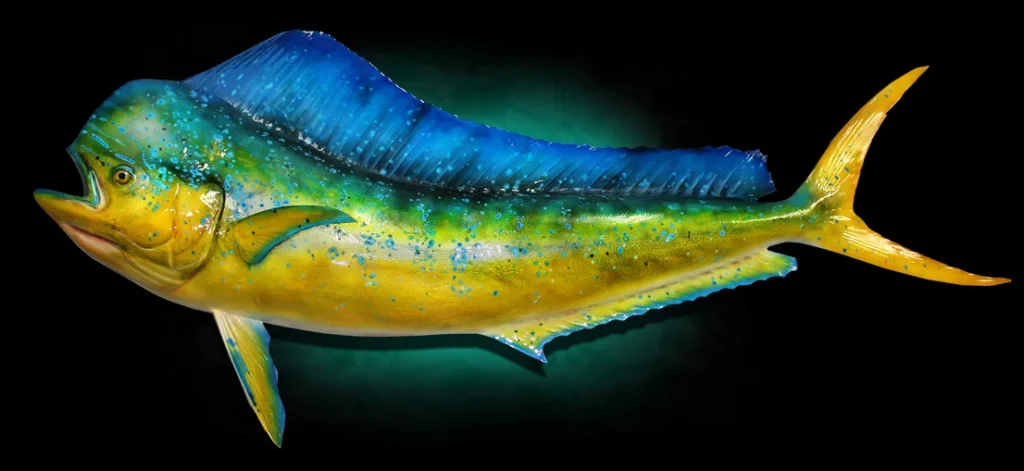
Beyond its appeal to fishermen, the dorado plays a vital role in marine ecosystems. It acts as both predator and prey, keeping the balance in oceanic food chains.
The Dorado and Biodiversity
By feeding on smaller fish and squid, dorado help prevent overpopulation of these species, maintaining ecosystem balance. In turn, they are a crucial food source for larger predators like sharks and billfish.
Conservation Status and Efforts
While dorado populations are generally stable, they face threats from overfishing and climate change. Regulations and conservation efforts aim to protect this species, ensuring its survival for future generations.
The dorado fish, a vibrant acrobat of the sea, continues to captivate those who encounter it. From its dazzling colors to its role as both predator and prey, the dorado embodies the beauty and complexity of ocean life.
Read More:
Dorado Fish Decoded: Unveiling the Secrets of This Ocean Acrobat
Grouper Fish: The Giant of the Reef and Its Crucial Ecological Role
TriggerFish: The Ocean’s Living Locks and How They Got Their Name
Colonel Fish: Unraveling the Secrets of This Unique Marine Species


